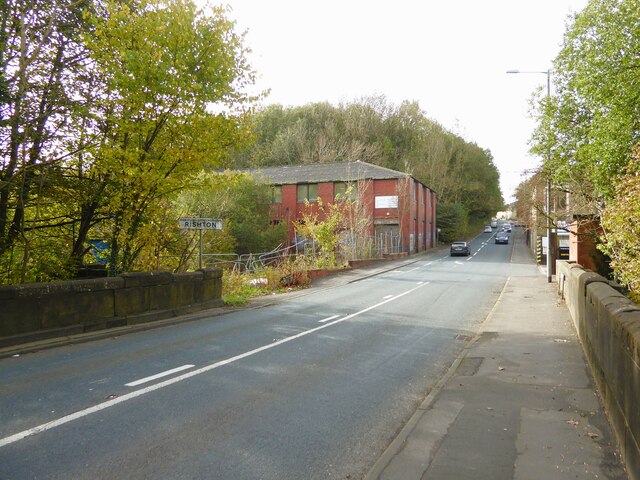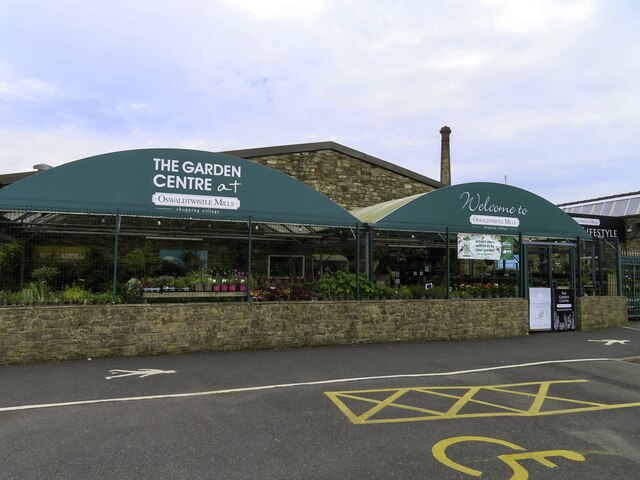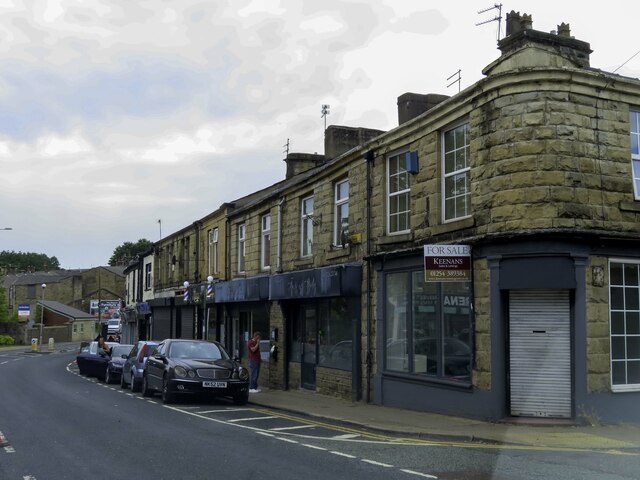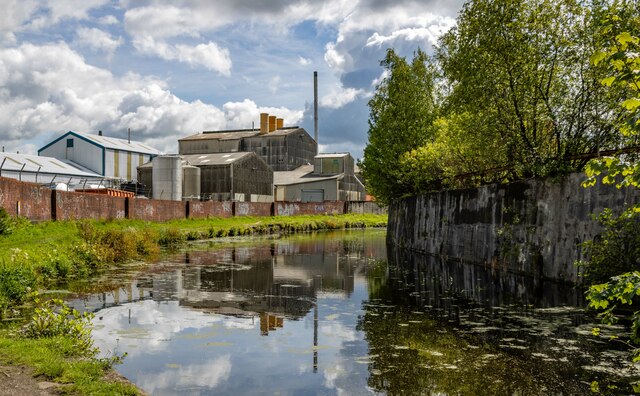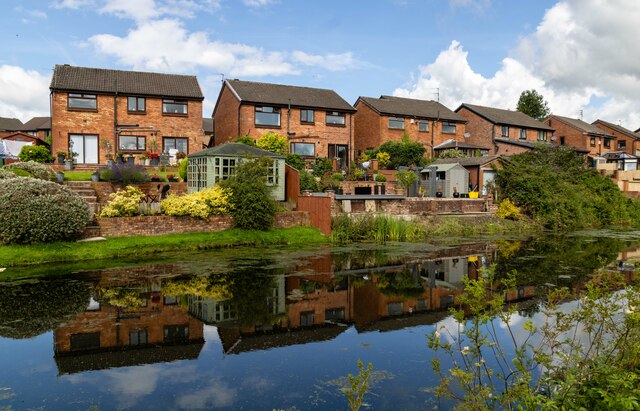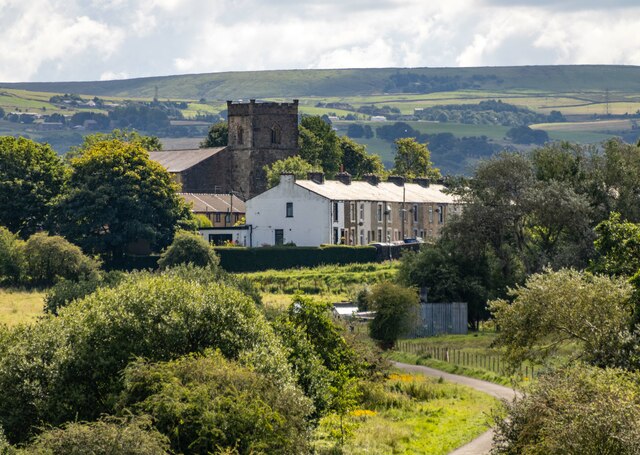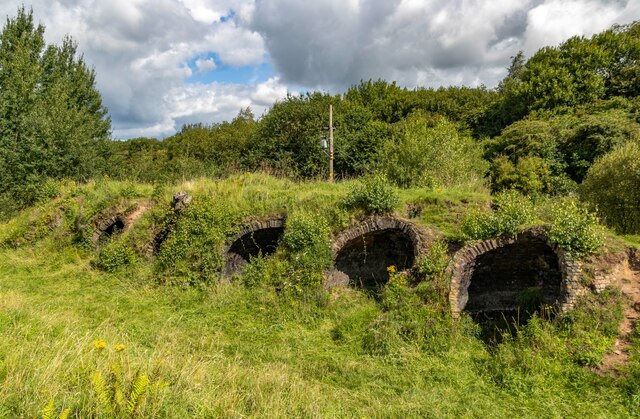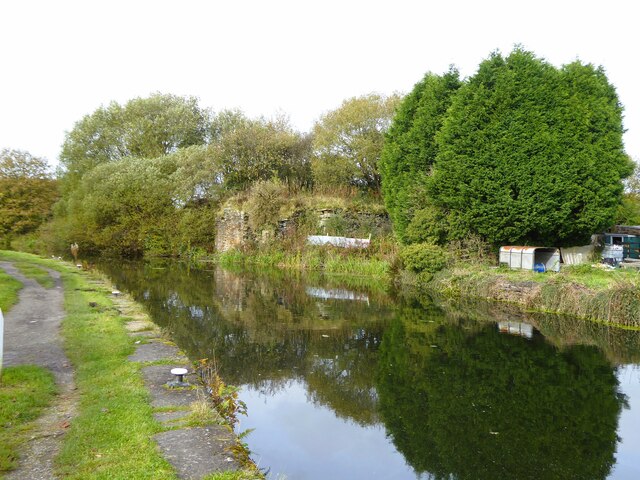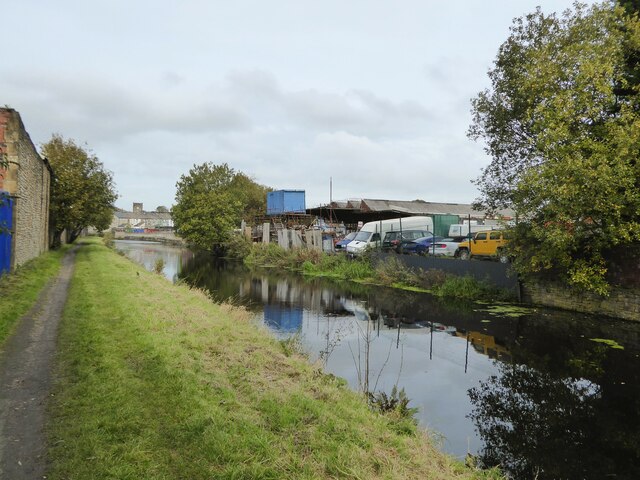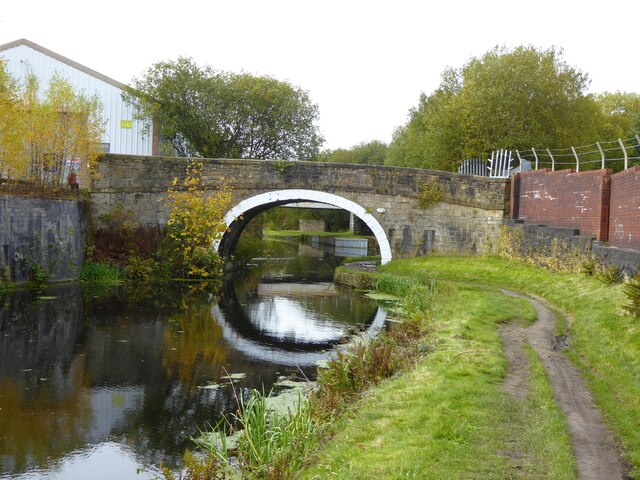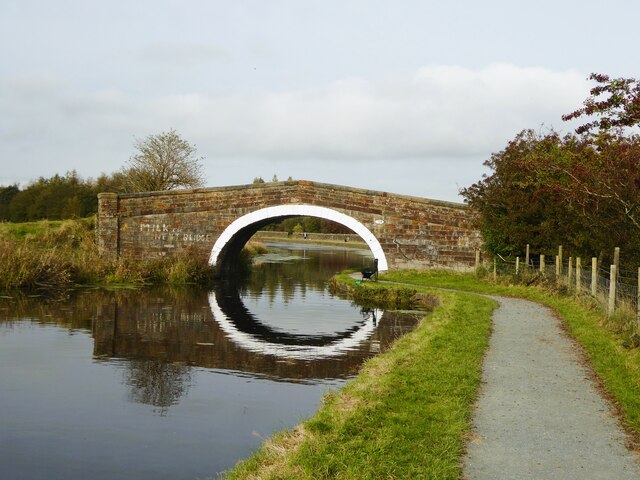Aspen Valley
Valley in Lancashire Hyndburn
England
Aspen Valley
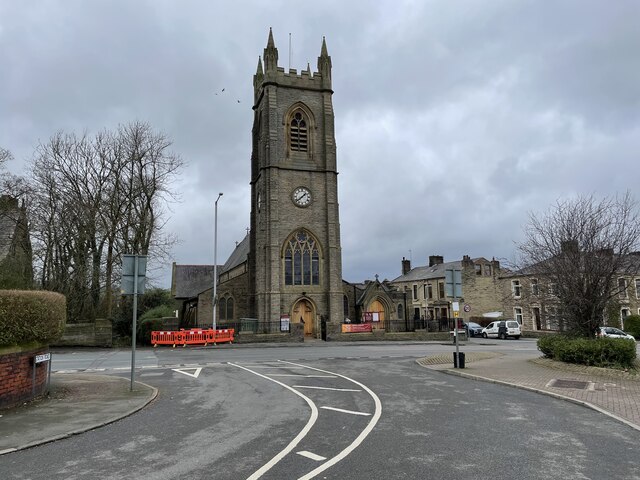
Aspen Valley is a charming village located in the county of Lancashire, England. Nestled within the beautiful countryside, this idyllic village offers a peaceful and scenic environment for its residents and visitors alike. With a population of around 1,500 inhabitants, Aspen Valley maintains a close-knit community spirit and a welcoming atmosphere.
The village is renowned for its picturesque landscapes, with rolling hills, lush green fields, and meandering streams. Nature lovers and outdoor enthusiasts are drawn to Aspen Valley for its abundant walking and cycling trails that showcase the stunning natural beauty of the area. The village also boasts a well-maintained park, providing a perfect spot for relaxation and family picnics.
Aspen Valley is rich in history and culture, with several historic landmarks dotted throughout the village. The quaint St. Mary's Church, dating back to the 12th century, stands as a testament to the village's long-standing heritage. The local museum offers an insight into the area's past, showcasing artifacts and exhibits that tell the story of Aspen Valley's evolution over the centuries.
Despite its tranquil ambiance, Aspen Valley is not isolated from modern amenities. The village is home to a range of shops, cafes, and pubs, ensuring that residents have easy access to everyday necessities and leisure activities. Additionally, Aspen Valley hosts an annual summer fair, attracting visitors from far and wide to enjoy traditional games, food stalls, and live music.
Overall, Aspen Valley offers a serene and picturesque escape from the hustle and bustle of city life. With its stunning natural surroundings, rich history, and vibrant community, this Lancashire village is a true hidden gem.
If you have any feedback on the listing, please let us know in the comments section below.
Aspen Valley Images
Images are sourced within 2km of 53.753468/-2.404388 or Grid Reference SD7328. Thanks to Geograph Open Source API. All images are credited.
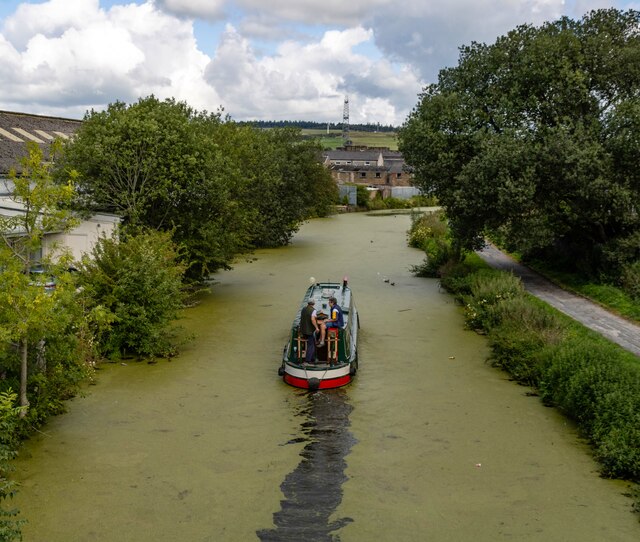
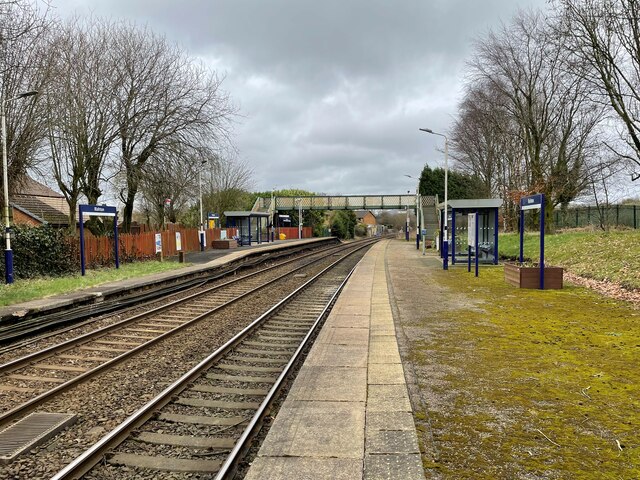
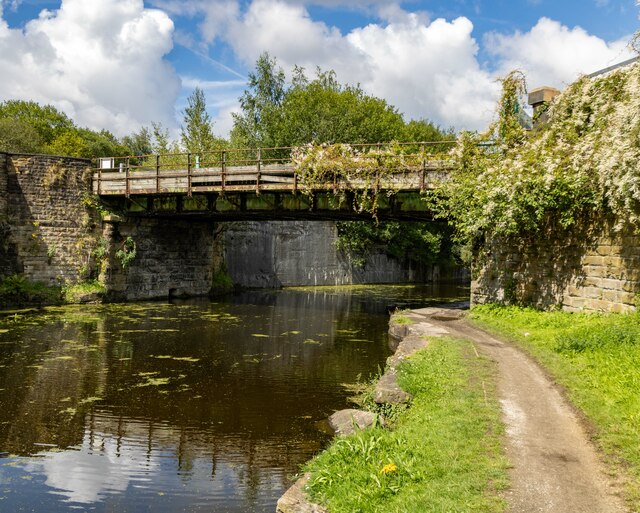


Aspen Valley is located at Grid Ref: SD7328 (Lat: 53.753468, Lng: -2.404388)
Administrative County: Lancashire
District: Hyndburn
Police Authority: Lancashire
What 3 Words
///swear.cooks.filled. Near Church, Lancashire
Nearby Locations
Related Wikis
Aspden
Aspden is the historic name of a valley a mile west of Church and a mile north of Oswaldtwistle, between Accrington and Blackburn, in Lancashire, England...
St James' Church, Church Kirk
St James' Church is an redundant church in St James' Road, Church, Hyndburn, Lancashire, England. It was an active Anglican parish church in the deanery...
Church & Oswaldtwistle railway station
Church & Oswaldtwistle railway station serves both the village of Church and the town of Oswaldtwistle, in Lancashire, England. The station is 5+1⁄3 miles...
Church, Lancashire
Church is a large village in Hyndburn, Lancashire, England, situated one mile (1.6 km) west of Accrington. The village had a population of 5,186 at the...
Nearby Amenities
Located within 500m of 53.753468,-2.404388Have you been to Aspen Valley?
Leave your review of Aspen Valley below (or comments, questions and feedback).

